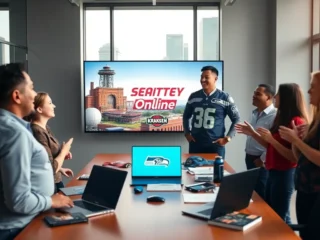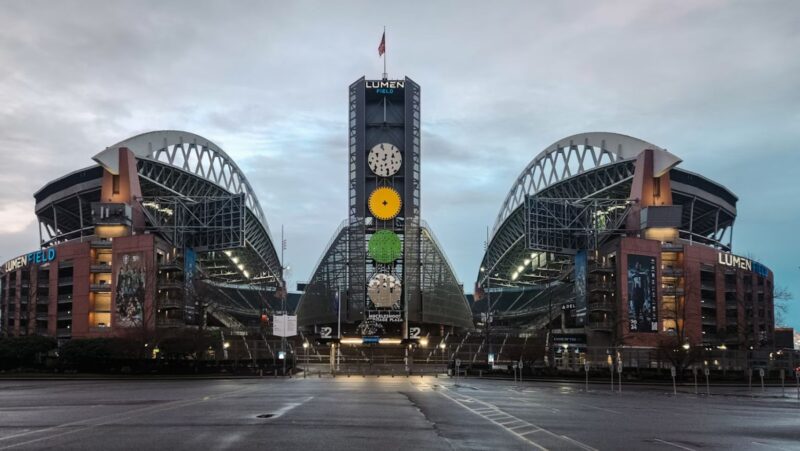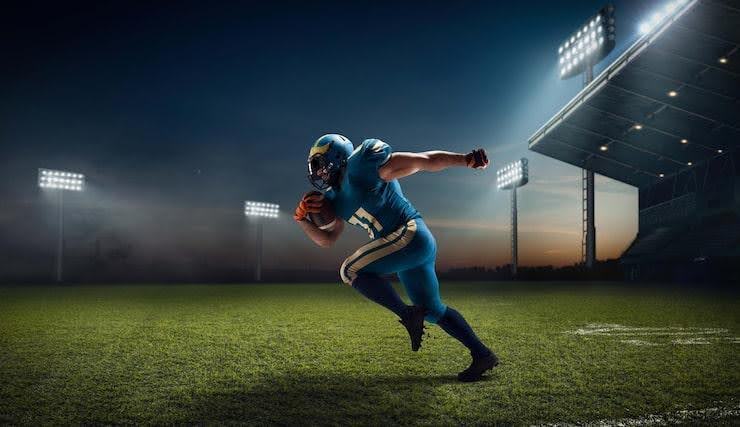
There is a contagious energy in Seattle’s school sports scene. Watching one of their matches somehow just charges you up. I love Roosevelt High baseball and the whole vibe. I enjoy the squeaky noises from sneakers at Garfield’s basketball courts. Makes me wonder about the future getting molded and how they will change sports in America.
But for that these programs need to keep running. And that may take more than just spirit these days. Money makes it easier.
Keeping It Running
If you are running a local sports club in Seattle or trying to build one, the first thing you know you obviously have to do is to make your team look sharp. Ideally, your team’s outfit should make everyone in the bleachers want one…or at least get close to such a feeling. Essentially, you have to show off the team pride before you start raking in the funds.
I personally think caps can work wonders here. If a team is wearing matching caps, the caps are likely the first thing anyone would notice. The investment here will be in custom outfits and blank hats that you can decorate with your club’s logo. This investment will transition into merchandise, and your display of team unity and pride will help sell the merchandise.
Why Caps?
Because it worked for the Ballard Beavers. Their caps and apparel make them a lot of profit. They sold caps and other merch at almost every home meet. I believe they’ve even set up student-run sales booths in Seattle.
Hats are obviously low-cost accessories. If someone wants to support a team or a club but doesn’t have much to offer, they can just go for the caps.
Caps can give bigger profits in small-scale fundraising, because they come with a lot of advantages.
- One size typically fits most – no complicated inventory
- Easy to store and transport
- People wear them everywhere
- Lower upfront costs
- Easier to customize
- Can be sold at higher margins
They are not just important to school baseball anymore. High school coaches would agree that caps, just like team uniforms, can easily unify players under one banner.
Sourcing The Would-Be Merch
In Seattle, it’s best to grab all you need off-season. You can start early to finalize the colors of the outfits and accessories, and shortlist potential wholesale sources. Yes, wholesale suppliers are how you minimize the investment. Off-season purchases give you time to get all the stuff ready beforehand. If your club is starting small, know that you can still get a couple dozen hats customized under $5 per piece and shipped to you free. These can be sold at $25 each.
Custom jerseys and tees call for more investment, but can net you more profit. If your club is small, start small is what I’d say.
Here are a few tips to get your merch to sell more and sell fast.
- Create different designs for players, coaches, and fans
- Add special elements for championship seasons
- Launch limited color variations
- Include player numbers for personalization
- Get the best moments of the team wearing the goodies out on social media
If you play it right, you won’t have to spend a dime on social media to get your club some attention.
Successful fundraising must combine planning with community engagement. Your custom merch should tell your team’s story in a way that connects. To connect that well, you may even have to take the climate itself into account. One can’t expect to sell a few dozen baseball caps during mid-autumn. In such cases, budding clubs can buy a few wholesale beanie hats customized with a narrative. Beanies get more appeal than regular baseball hats when the chill sets in. You can also connect with people by selling unique limited-edition pieces that honor athletes from Seattle, in a way that doesn’t require licensing.
In Seattle’s competitive sports landscape, fundraising with the right kind of merchandise is a win-win play that keeps scoring points long after game day.
Just get creative with the designs so your club stands out.














